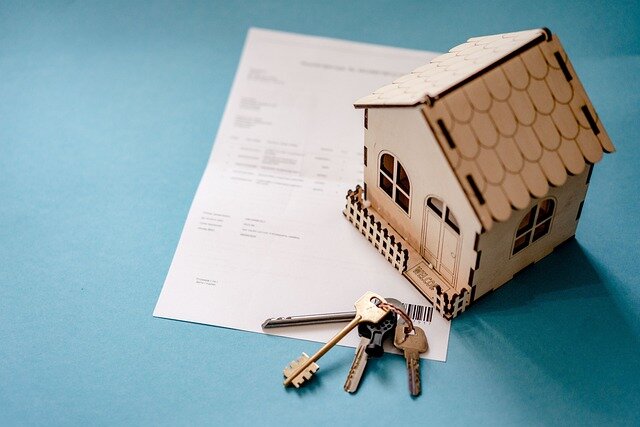Though it might seem like a distant, abstract number, the Federal Reserve’s interest rates are crucial in shaping the real estate market dynamics. Whether you're a seasoned investor or a first-time buyer, understanding how these rates impact real estate investments can help you make more informed decisions.
Let’s break it down.
The Basics of Federal Interest Rates
The Federal Reserve, often simply called the Fed, is the central bank of the United States. It is responsible for implementing monetary policy to promote economic stability. One of its primary tools is the federal funds rate, the interest rate at which banks lend reserves to each other overnight. This rate is crucial because it influences the cost of borrowing across the economy.
Although the federal funds rate does not directly set mortgage rates, it has a profound indirect effect. Banks use the federal funds rate as a benchmark for setting their own lending rates, including those for mortgages. When the Fed raises the federal funds rate, banks' borrowing costs increase. Banks typically pass these higher costs onto consumers to maintain profit margins through higher interest rates on loans, including mortgages.
Conversely, borrowing becomes cheaper for banks when the Fed lowers the federal funds rate. This can lead to lower interest rates for consumers, including reduced mortgage rates.
Impact on Mortgage Rates
One of the most direct ways federal interest rates affect real estate is through mortgage rates. When the Fed raises interest rates, it becomes more expensive for banks to borrow money. These increased borrowing costs are often passed down to consumers through higher mortgage rates. Conversely, borrowing can become cheaper when the Fed lowers interest rates, leading to lower mortgage rates.
Influence on Property Values
Federal interest rates can also influence property values. Higher interest rates typically lead to higher monthly mortgage payments, which can reduce demand for real estate as potential buyers are priced out of the market. With reduced demand, property values may stagnate or even decline.
On the flip side, lower interest rates can boost demand for real estate as buyers can afford more expensive properties with lower monthly payments. Increased demand can drive property values up, benefiting sellers and investors who own property in a low-interest-rate environment.
Economic and Market Conditions
Interest rates are an important factor, but they interact with a broader set of economic conditions that also impact real estate investments. Key elements include:
- Inflation: When inflation is high, the cost of goods and services rises, eroding purchasing power. This often leads the Fed to increase interest rates to curb inflation. However, in a high-inflation environment, real estate can sometimes act as a hedge against inflation, as property values and rental incomes may rise with inflation.
- Employment Rates: High employment rates generally mean more people have steady incomes, boosting their ability to purchase homes or rent properties. This increased demand can drive up property values and rental prices. Conversely, high unemployment can reduce demand and negatively impact the real estate market.
- Economic Growth: During periods of strong economic growth, consumer confidence and spending increase. Even if interest rates are high, a robust economy can sustain high demand for real estate, supporting property values. Conversely, during economic slowdowns or recessions, reduced economic activity can lead to lower property values and decreased investment in real estate, regardless of interest rate levels.
Long-Term Considerations
When evaluating real estate investments, long-term trends in interest rates are crucial but should be viewed in the context of broader investment strategies. Interest rates can be volatile, influenced by shifting economic conditions such as inflation, monetary policy, and global events, making precise predictions difficult.
- Monitoring Fed Policies: Staying informed about the Federal Reserve’s policy changes helps anticipate potential impacts on borrowing costs and market conditions. However, interest rates are just one variable in a complex investment landscape.
- Property-Specific Factors: It is essential to focus on property location, which affects desirability and value. Properties in high-demand areas or those with strong growth potential can offer resilience against fluctuating interest rates.
- Market Trends and Management: Understanding local market trends, such as supply and demand dynamics, and effective property management can significantly influence investment performance. Well-managed properties in stable or growing markets tend to perform better over the long term, even in varying interest rate environments.
Understanding the Federal Reserve's interest rates is key to navigating the real estate market, as these rates can profoundly influence mortgage costs, property values, and investment strategies. While interest rates are critical, they should be considered alongside broader economic conditions and specific property dynamics. By staying informed about interest rate trends and local market conditions, investors can better position themselves for long-term success in real estate.









